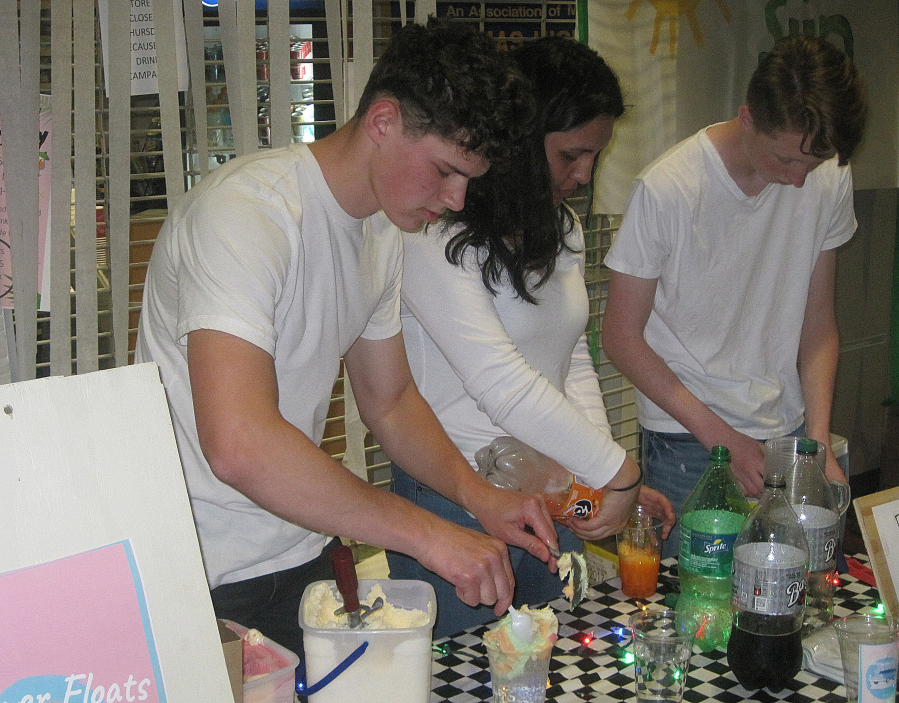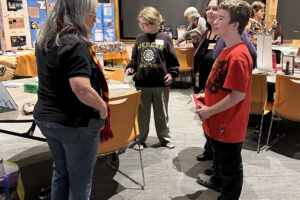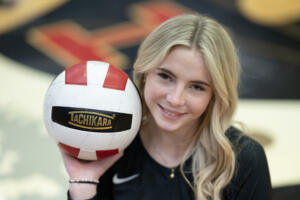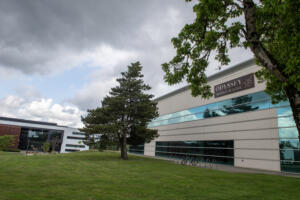The “Munchie Milkshake” group’s frozen treats were a popular purchase at Camas High School’s (CHS) “Thirsty Thursday” event, held June 6.
They were too popular, in fact.
The event marked the culmination of the CHS Marketing 1 class’ latest project. The students, divided into 13 teams of five or six, spent the last month developing their “businesses,” doing everything from product selection and price setting to poster-making and promotion.
The students sold their drinks in a friendly competition during the school’s two lunch breaks at the June 6 event as a fundraiser to benefit the CHS Backpack Program.
Members of the “Munchie Milkshake” team thought they would sell 34 of their Oreo cookie milkshakes over the course of the two lunch periods. Instead, the entire complement was gone before the first break was over.
Consider it a lesson learned.
“We underestimated the amount of ice cream to use in each milkshake,” said team member Carter Koranda, a sophomore. “We thought two gallons would be enough for both lunches. Over halfway through the first lunch, we ran out of the first gallon, and we said, ‘Uh oh, we’re in trouble.’ We got the second (gallon) and more people kept on coming, and they caught us by surprise. We did not expect all of the attention that we would get.”





